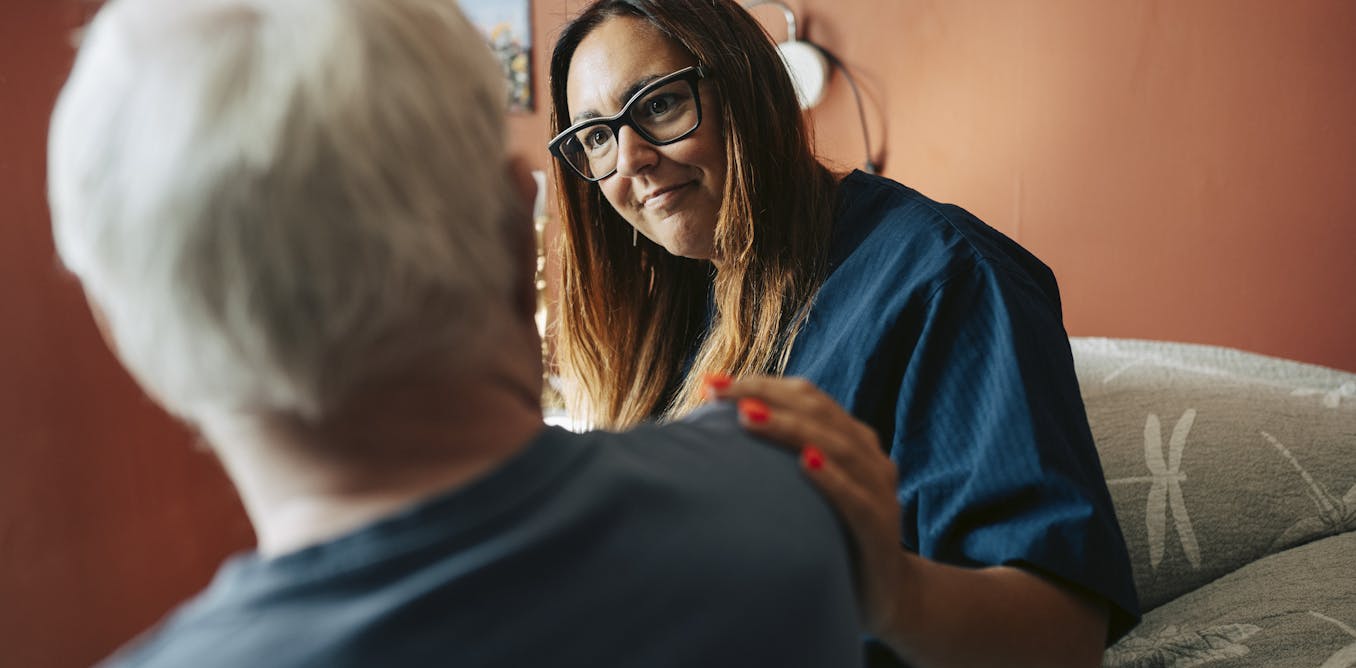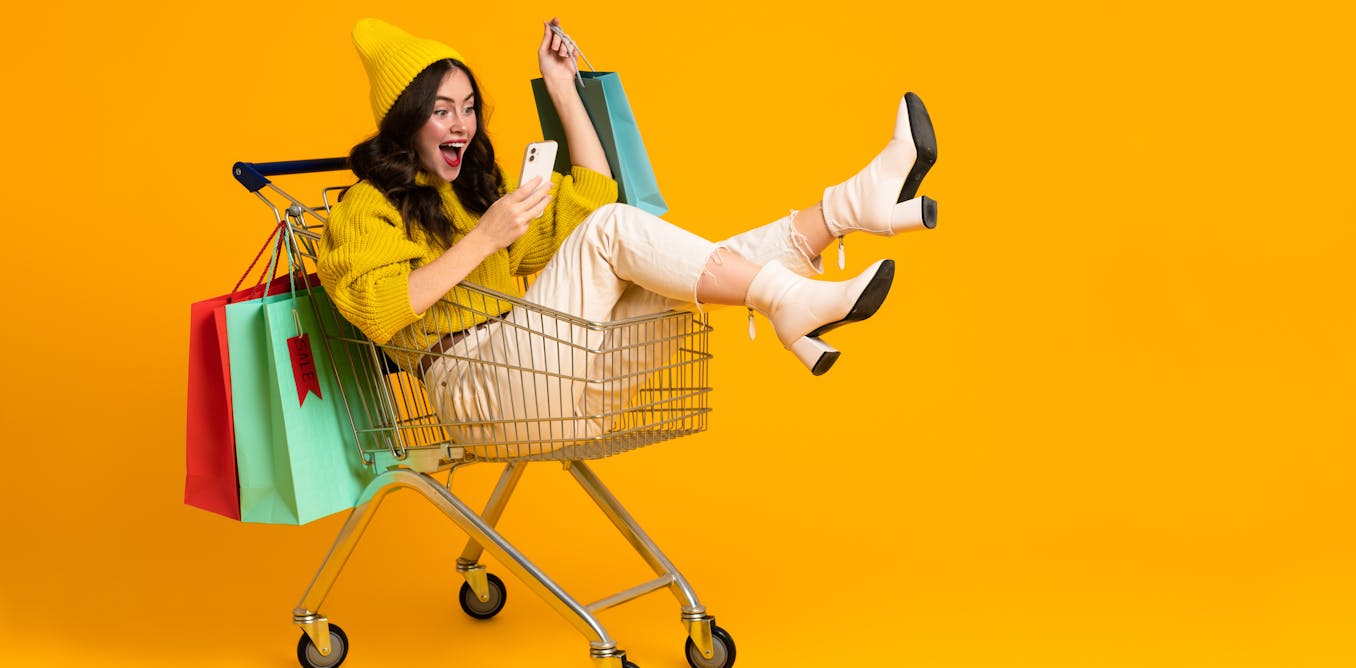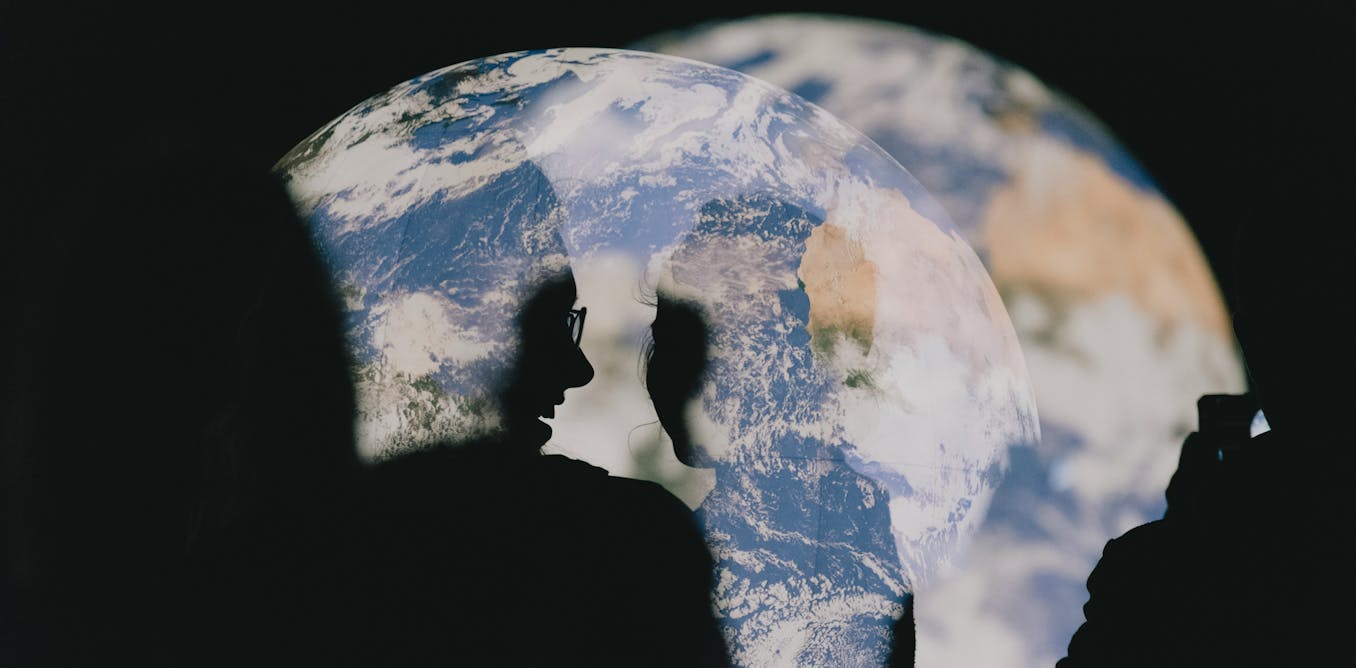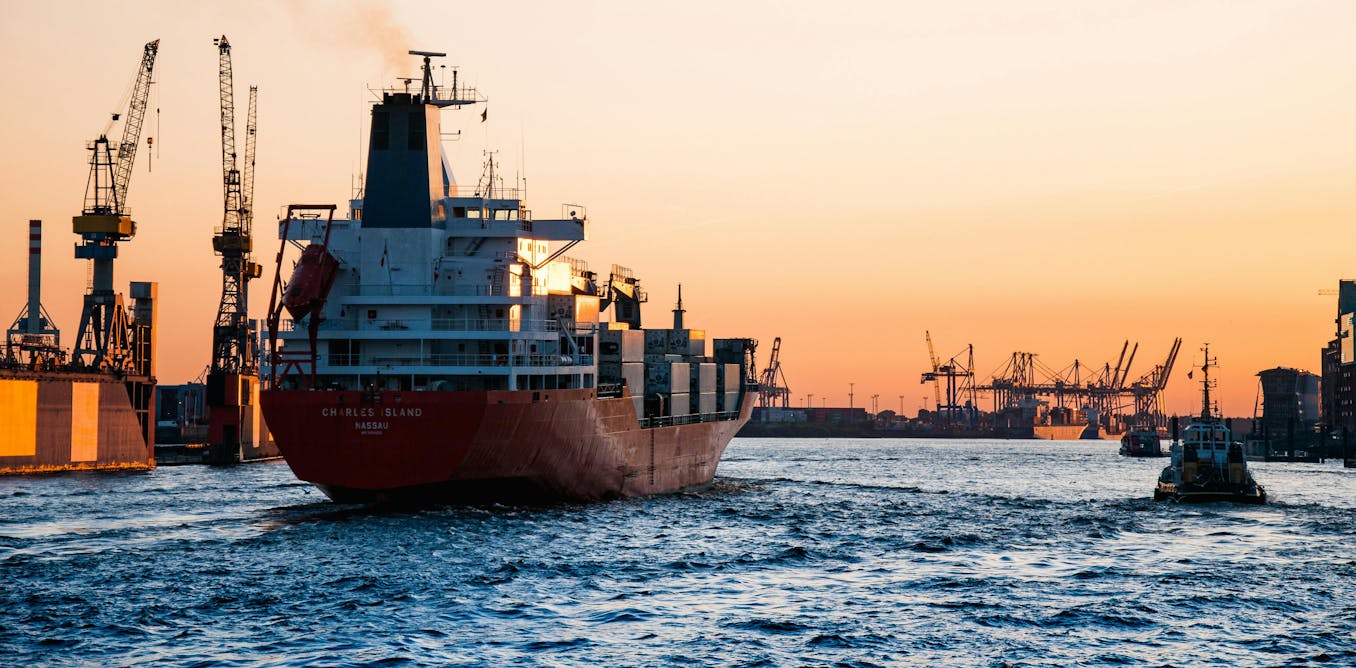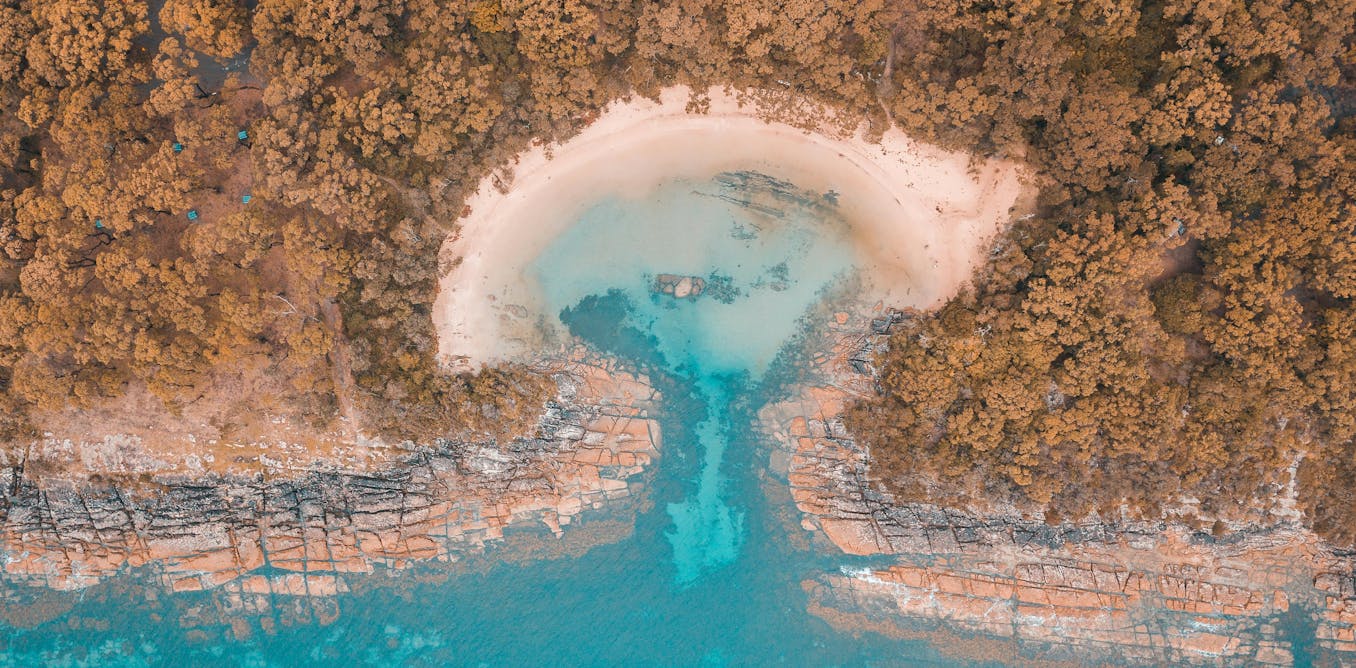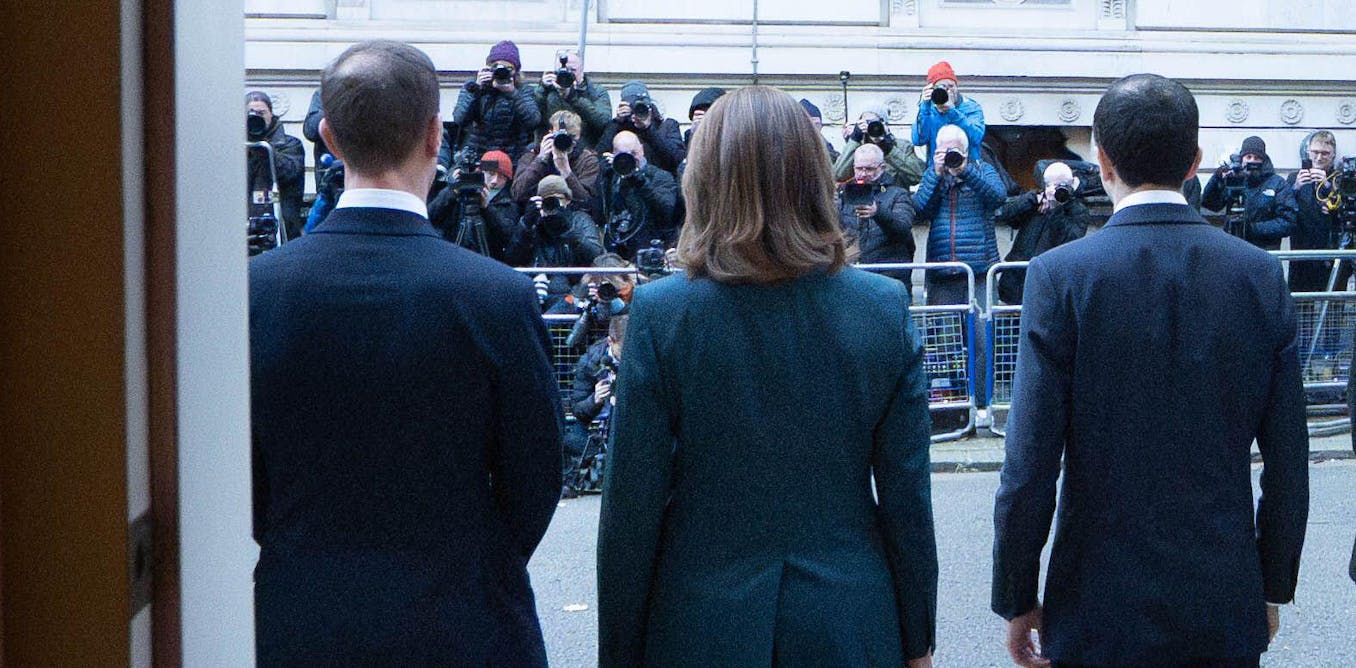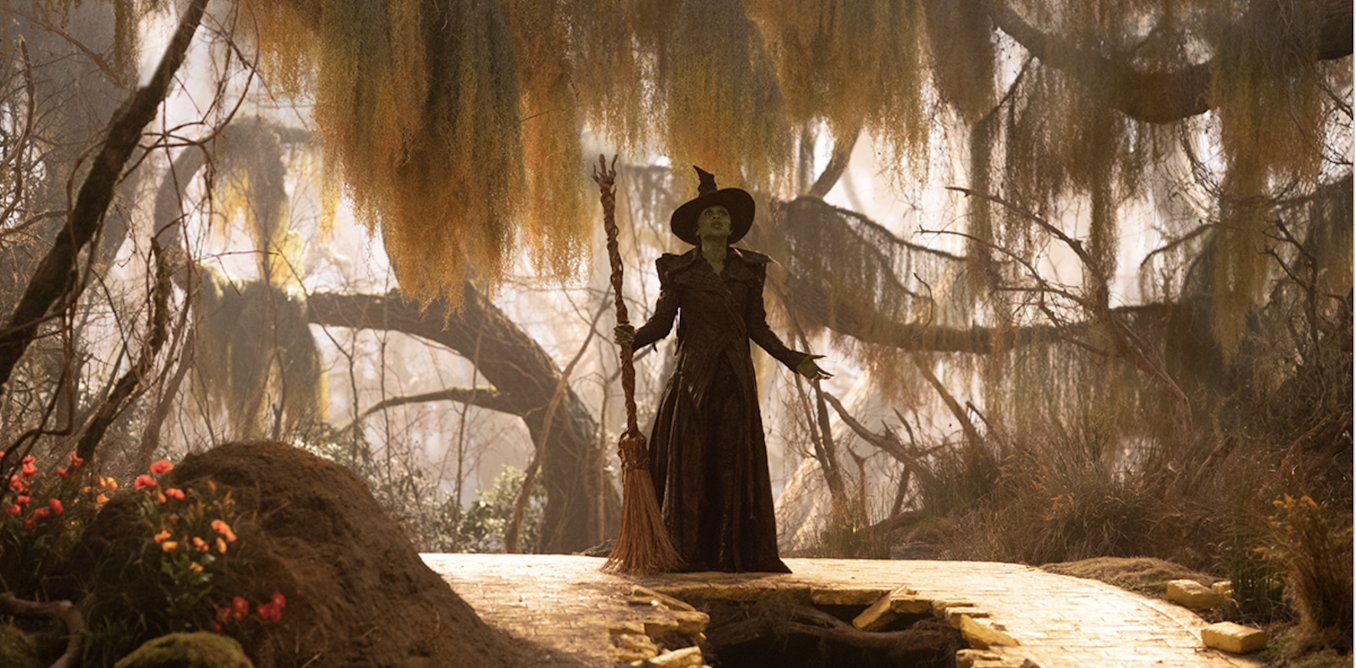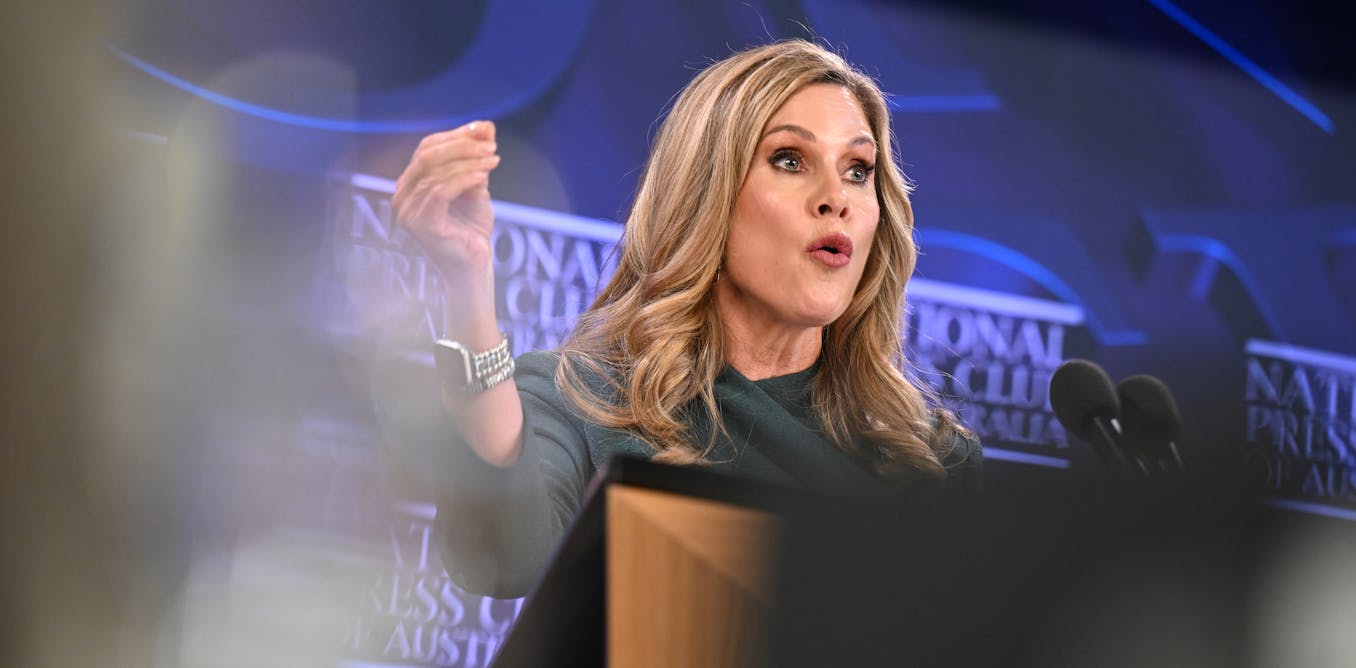Kiwi birds, New Zealand’s national symbol, are unique animals. But they are in danger of becoming extinct. Who is responsible? And what can be done to save them?
New Zealand was once home to around twelve million kiwi birds. Today, their population is less than 70,000. This drastic decline is mainly due to predators, such as rats and stoats, that hunt young kiwi chicks, or go after the flightless birds and their large eggs in their underground nests. One way to save the species is to take their eggs, and bring them to safety in incubators. But finding these eggs isn’t easy. Luckily, thousands of people have joined the massive conservation program. Among them is Diane Prince, who has become an expert at ‘egg lifting’ and says it would be “pretty bad” if New Zealanders, who call themselves ‘kiwis’ would let their national bird die out. DW Reporter Joel Dullroy joined her and other volunteers on their mission to save the kiwi.
#documentary #dwdocumentary
______
DW Documentary (English): https://www.youtube.com/dwdocumentary
DW Documental (Spanish): https://www.youtube.com/dwdocumental
DW Documentary وثائقية دي دبليو (Arabic): https://www.youtube.com/dwdocarabia
DW Doku (German): https://www.youtube.com/dwdoku
DW Documentary हिन्दी (Hindi): https://www.youtube.com/dwdochindi
This group is hunting for some of the world’s rarest eggs they are searching for the endangered kiwi birds of aara New Zealand to steal their eggs and save them from predators almost 95% of kiwi chicks are killed in the wild if nothing is done they will likely disappear in
New Zealand we call ourselves kiwi it would be pretty bad if we let our national bird die thousands of people have joined a massive program to defend the kiwi and kill their predators they’re showing what it takes for a country to protect its natural Treasures in the Lush Hills of the coramandel peninsula in New Zealand’s North Island a remarkable rescue mission is underway giving signs of Hope for an endangered national symbol the Kiwi few people ever see kiwi in the wild bronny Kennedy has the encounter motivated her to help save them from Extinction I have
Actually seen a kiwi on a visit to New Zealand some years ago it was amazing to see that tiny little um bird with that is so vulnerable and um the group of kiwis as in new zealanders that I was with they themselves had never seen the kiwi in
The wild so it was a pretty amazing experience to have that opportunity the retired school teacher is part of a project to stop the decline of the Kiwi population New Zealand was once home to some 12 million kiwi now there are less than 70,000 at least 20 are killed every
Week by invasive animals like stoes ferrets and rats morning everyone hi rnie beautiful day yeah it does to save the Kiwi these Rescuers must become like the Predators they’re going hunting for kiwi nests to steal their eggs and raise the chicks in safety Diane Prince is trained to find the elusive Birds she
Calls this operation an egg lft the Kiwi are in decline in New Zealand um because of introduced Predators mainly the sto the sto was introduced to New Zealand to control the rabbits that were introduced to New Zealand um but the stes they just hied straight into our beautiful Bush
And started killing our our birds and um they killed 95% of all kiwi chicks that hat um before they like 6 months old in New Zealand we call ourselves kiwi so yeah would be it would be pretty bad if we let our national bird die out Diane uses a radio antenna to pick
Up signals from a tag on a wild kiwi okay we we’re getting closer to the nest I I don’t know exactly how close over that way still like the dad will be asleep in there cuz it’s day time and I want him not to wake up so it
Means we have to be really quiet and quite sneaky she’s found the Kiwi borrow deep in a hillside the father incubates while the mother forages for food Diane doesn’t want to disturb the father in case he flees but he doesn’t even stir their Placid nature makes them vulnerable to
Predators Diane’s finding it hard to reach deep into the burrow he he was too far the nest was too long had too long an entrance for me to actually reach in and i’ touched him quite a few times trying to like going oh I can touch them but I like I
Actually have to be able to put my hand right underneath him to pull the eggs out and um yeah and I couldn’t finally she manages to retrieve a rare natural Treasure tell by the size of ear how old the egg is so that’s would be 60 days it should be quite a developed check in there with you know feed and everything so when you sign the torch you shouldn’t be able to see through the egg okay
Which is absolutely what I can’t do so there’s a chicken there this hunt has yielded two eggs and you see how big those eggs are two eggs like that you’re looking at 900 gr worth of effort the females got to put in to to to grow those eggs inside her and she she’s
Probably only like a 2 and 1/2 kilo bird at the most so it’s it’s a massive energy demand so and if she does two clutches of those a year so she’s laying four eggs yeah that’s that’s enough that’s really enough how many eggs have you lifted in over the years
Hundreds I I I haven’t kept count but yeah it’s yeah I’ve been doing this for a way while it’s like tomorrow we’re going hard and we’re going to try and do six egg lifts in one morning oh hi Kelsey Diane here how you doing we’ got
Two good eggs for you mate amazing yeah yeah yeah it’s really good you’re welcome bronn’s job is to drive the precious cargo go several hours south to their new home I feel like I’ve done something amazing in my day quite a responsibility to have two kiwis one of the most endangered
Species of bird life in my car this is where the eggs will be hatched behind a fence that keeps out Stokes and rats Helen McCormack is the zoologist in charge of the Hatchery so this room we’ve got here is our Ki incubation room um and we’ve currently
Got um 10 eggs in here in various stages of incubation um and then they’ll stay in here until they’re ready to hatch and they’ll move through to our hatch room this is one of two main kiwi hatching facilities in New Zealand the eggs are maturing in special purpose incubators Helen checks their progress
By whistling and I’m whistling um to try and stimulate them to watch how much the egg is moving and it’s an indication of health of the chick I can see how um much energy the chick has and so to see great big wobbles on the um bench like
That you could see the whole leg moving is fantastic that’s exactly what we want to see next she uses a flashlight to see through the shell for signs that the chick has broken into to its internal air cell so he’s partway through hatch now and I’ll move him through to the
Hatch room now um where he may spend another couple of days before he fully breaks out of the shell so that whole process hatching process from internal P to hatching out can take 3 to 5 days so it’s a really long process and by the end of it they’re pretty
Tight on the coramandel peninsula bronny is on another mission hunting the hunters each month she hikes through bush land to check traps kiwi won’t be safe in the wild as long as Predators roam free this is our trap well you can see we don’t have any
Kill in this one the amount of pounds per square in that these traps have is quite incredible and they’re really difficult to reset and be very careful you don’t get your hand in the way the government has set the goal of making New Zealand Predator free by the year 2050
The Trappers used bait such as fishy liquid and eggs most of bronn’s traps are empty but finally she has some success a we have one a small rat but a rat on the left yeah I think he’s been here a while one less rat on the coramandel
Refill it now and hope that another rat passing this way will meet the same fate the program is working in some areas the Kiwi population decline is slowing and even Reversing at the Hatchery there’s one less kiwi egg and one new kiwi chick this one almost didn’t survive this guy had his ha foot over the top of his head and that stops him being a to push out of the shell and he was actually stuck so I had to assist him to
Be able to um get out of the egg and allow him to bring that foot down so it’s not over the head and then he was able to push his last um just out of their shell um in the wild that one would have actually died a chick bread
Here has a 65% chance of surviving to adulthood compared to just 5% in the wild each year around 250 chicks are born in hatcheries Helen McCormack has helped raise many of them so I have handled a lot but I still don’t take it for granted it is still very very special
Especially when they’ve hatched and they’re very young like that it is a uh very special feeling to be able to handle them after several weeks the chicks are taken to one of several Predator fenced sanctuaries and released to roam and breed in safety that is their forever home and
They’re released onto that mountain site um but then there’s ongoing work because we want to then um take their Chucks from that site and move them back out into the wild the Kiwi is a unique animal um so that is one part of it to
Save the Kiwi to make sure that we have them for future generations and that people will be able to see them in the wild but of course it’s not just about the Kiwi they are like an indicator species for the health of our forest as well so if we are able to get
The Kiwi surviving well out in the forest um then other lots of other species are surviving well as well and that’s what I want to see a nice healthy Forest healthy healthy forest and healthy animals in that Forest New Zealand’s kiwi repopulation program costs tens of millions of dollar
Annually and takes an army of helpers like bronny and it’s expanding with Predator controlled areas set to double in size in the coming years see part of this Bushland here it’s a lovely thick forest if we can get a corridor of that continuing along the peninsula it will
Be a nice environment for the Kiwi provided of course we can keep the U stes and wraps out of that area living in such a beautiful country as New Zealand makes you really grateful for the nature the incredible diversity that this country has and I suppose it’s one small way of giving
Back but the Kiwi Defenders can’t afford to rest any pause could let the Predators return New Zealand is showing what it takes for a country to preserve its unique native Wonders
Video “Saving the Kiwi: Protecting New Zealand's national bird | DW Documentary” was uploaded on 01/03/2024 by DW Documentary Youtube channel.







